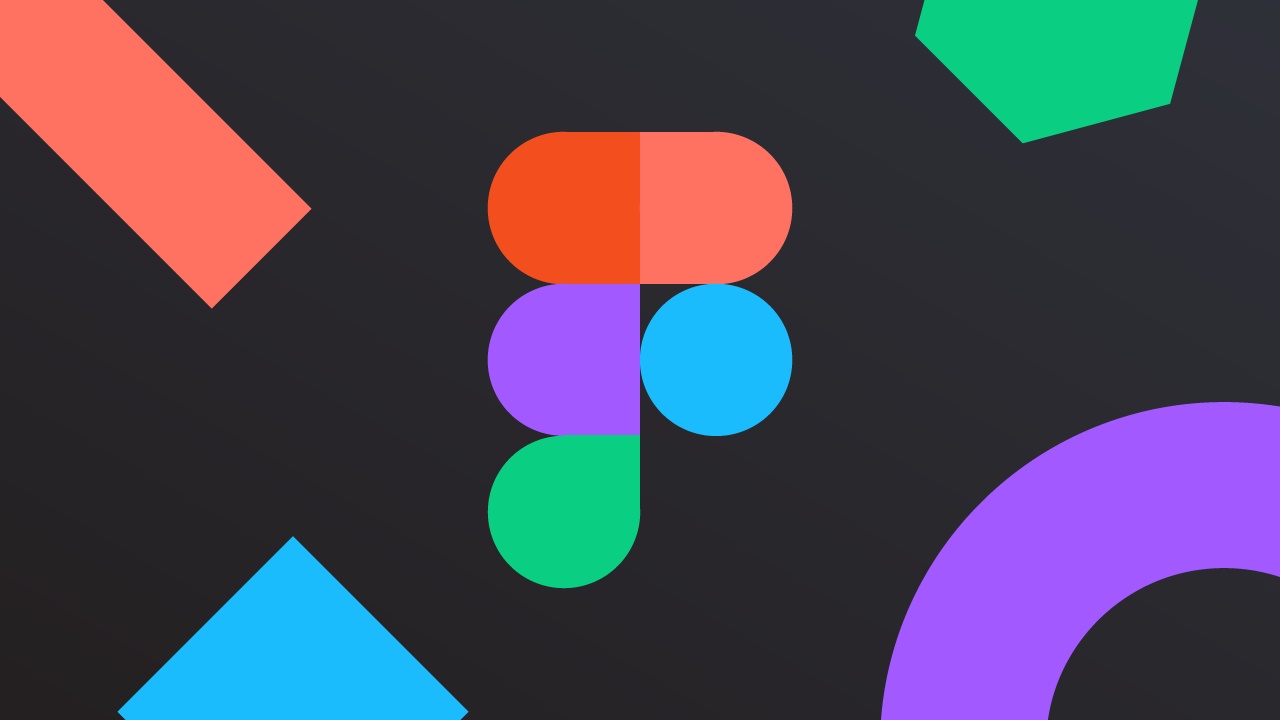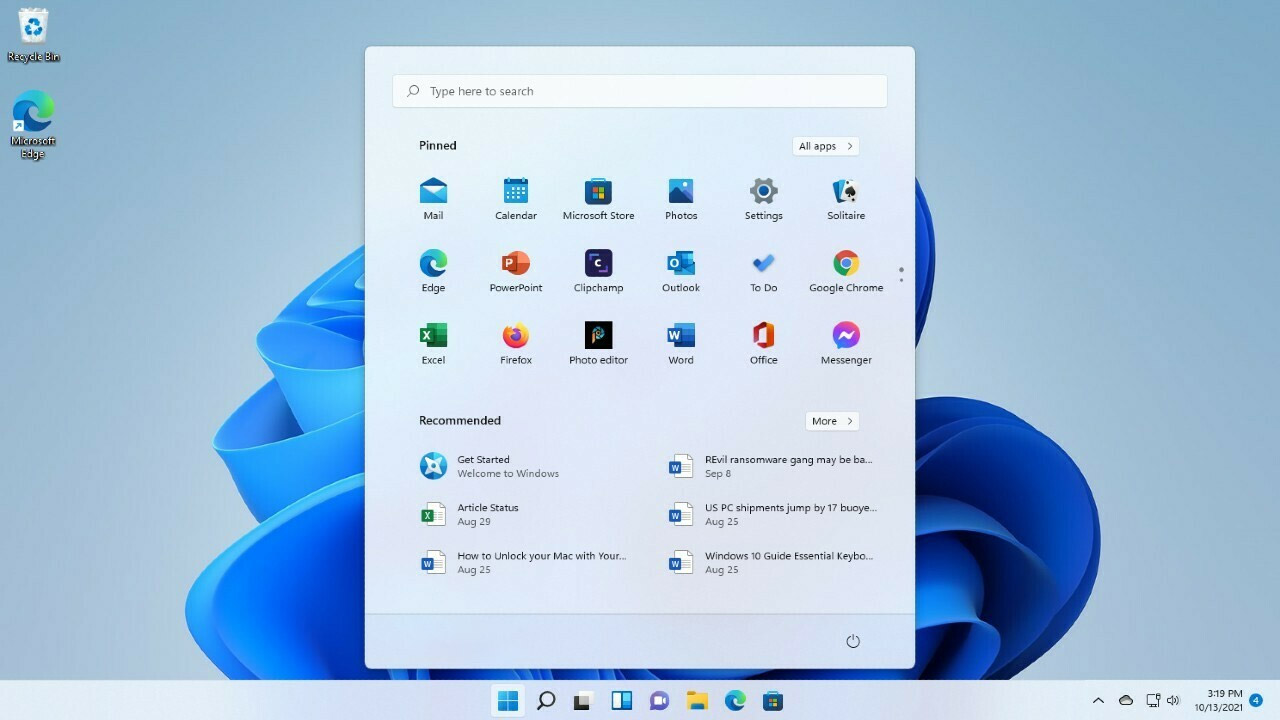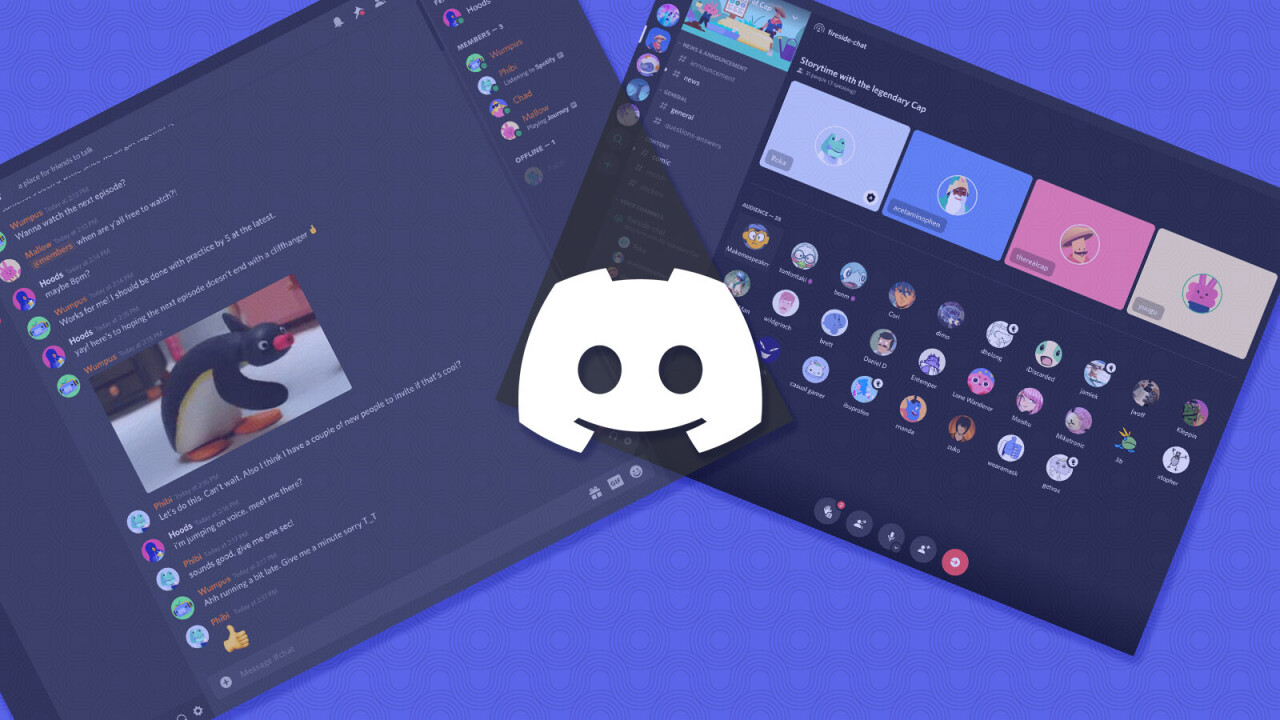Figma is a vector graphics editor and prototyping tool which is primarily web-based, with additional offline features enabled by the desktop app. It is created by Dylan Field and Evan Wallace. As of January 2019, Figma has about 1 million active users. Field and Wallace began working on Figma in 2012 while they were both students at the University of California, Berkeley. The two co-founded the company in 2013 and launched the Figma beta in 2016. The Figma desktop app was released in 2018.
Figma is used by designers at companies such as Airbnb, Uber, Twitter, and Microsoft. Figma is a vector graphic design tool that is primarily used for interface design. It is available for free and also has a paid subscription option. Figma is similar to other vector graphic design tools such as Adobe Illustrator and Sketch. However, Figma has some unique features that make it a powerful tool for interface design.
One of the main advantages of Figma is that it is a web-based design tool. This means that it can be used on any computer, without the need to install any software. Figma is also collaborative, which means that multiple people can work on the same design at the same time. This is a great feature for team projects.
Figma also has an extensive library of built-in resources. This includes templates, icons, and other design elements that can be used in your projects. Figma also has an extensive plugin library that can be used to extend the functionality of the tool.
Overall, Figma is a powerful vector graphic design tool that is well-suited for interface design. If you are looking for a tool that is collaborative, web-based and has a great selection of built-in resources, then Figma is a great option for you.
Figma Features
Figma is a powerful web-based design tool that enables designers to create and collaborate on beautiful designs. Here are three of our favorite Figma features:
- The ability to create and manage design systems – Figma enables designers to create and manage design systems, which helps to keep designs consistent and easy to update. Designers can also share design systems with others, making it easy to collaborate on large projects.
- The ability to create responsive designs – Figma’s responsive design features enable designers to create designs that look great on any screen size. This is especially helpful when designing for web or mobile applications.
- The ability to leave comments and feedback – Figma’s commenting system makes it easy for designers to leave feedback on designs. Comments can be left on specific elements of a design, or on the design as a whole. This makes it easy to get feedback from teammates or clients.
How to use Figma
Figma is a vector graphics editor and prototyping tool – basically, it allows you to design and prototype websites, apps, and other digital products. It’s a great tool for both individual designers and teams, and in this article, we’re going to show you how to use Figma to create your next project.
First, let’s take a look at the Figma interface. Figma has a very intuitive and user-friendly interface, which makes it great for those just getting started with vector graphics editors. The left sidebar is where you’ll find the tools you need to create your design, and the right sidebar is where you can see your project’s layers, add comments, and share your project with others.
To create a new design, simply click on the “+” icon in the left sidebar. This will open up a new canvas where you can start designing. To add an element to your design, simply click on the tool you want to use and then click and drag on the canvas to create your element. For example, to create a rectangle, simply click on the Rectangle tool and then click and drag on the canvas to create your rectangle.
Once you’ve created an element, you can move it around on the canvas by clicking and dragging on it. To change the color of an element, simply click on the element and then click on the color you want to use in the right sidebar. To change the size of an element, simply click on the element and then click and drag on one of the handles that appear around the element.
To add text to your design, simply click on the Text tool and then click on the canvas where you want to add your text. To format your text, simply select your text and then use the options in the right sidebar. For example, you can change the font, size, color, and alignment of your text.
Once you’re happy with your design, you can export it by clicking on the “Export” icon in the left sidebar. This will allow you to export your design as a PNG, JPG, or SVG file.
Figma Benefits
If you’re a designer, there’s a good chance you’ve heard of Figma. It’s a relatively new design tool that’s quickly gaining popularity in the design community. And for good reason! Figma has a lot of great features that make it a powerful tool for designers.
In this blog post, we’ll be taking a look at five of the benefits of Figma. After reading this, you’ll hopefully have a better understanding of why Figma is such a popular design tool and why you should consider using it for your next project.
Figma is web-based
One of the biggest benefits of Figma is that it’s web-based. This means that you can access your Figma files from anywhere, as long as you have an internet connection. This is a huge advantage over other design tools that are only available as desktop applications.
Not only does this make it easier to access your files, but it also makes it easy to collaborate with other designers. With Figma, multiple designers can work on the same file at the same time. This is perfect for team projects where you need to be able to see each other’s work in real-time.
Figma has a free plan
Figma has a free plan that allows you to use all of the features of the tool. There are some limitations, such as the number of files you can have and the number of people you can invite to collaborate on a file, but for most people, the free plan will be more than enough.
If you need more than what the free plan offers, Figma also has a very affordable Pro plan. For only $12 per month, you can get unlimited files and unlimited collaborators. This is a great deal when you compare it to other design tools that charge a monthly subscription.
Figma has a great interface
Figma has a clean and intuitive interface that is easy to use. Even if you’ve never used a design tool before, you’ll be able to figure out Figma relatively quickly. The interface is divided into two main sections: the canvas and the toolbar. The canvas is where you’ll do most of your work, while the toolbar provides access to the various tools and features you’ll need to create your masterpiece.


